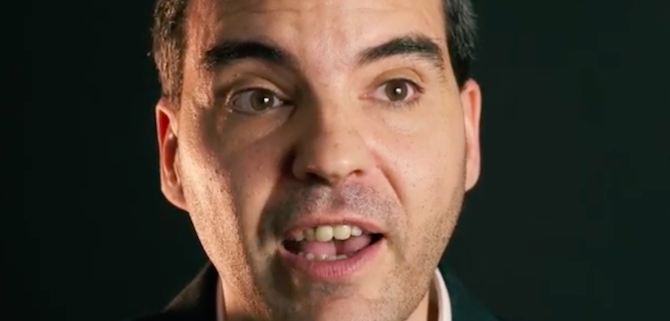Interview with Óscar Flor, Trust Solution Manager at Wise Security Global
“MEE is simple, easy to implement, and for everyday use.”
Óscar Flor, Trust Solution Manager at Wise Security Global, tells us what certified digital evidence is, why we need it in our day-to-day lives, and how MEE the Cyber Notary can do the certification work for us.
1.- What is CERTIFIED DIGITAL EVIDENCE?
Digital evidence is proof. It could be a document or email, a log file recording something, a date, or metadata…
In the world we live in today, digital evidence is generated daily – and it all needs to be stored so that we can access it retrospectively, as and when we need it.
Wise has developed a product called MEE that takes on the task of compiling and certifying this evidence.
2.- How does MEE the Cyber Notary work?
MEE has two main services: processes for document signing and certifying electronic notifications. MEE gathers our digital certified evidence in these workflows. And it’s the tool we can use to send irrefutable notification of something.
3.- What does this service replace?
It’s the classic Burofax (registered fax), translated from paper to the digital world. It’s all about sending a text or email, but having proof of having generated, sent, and read the message. This process, this trail, is what MEE does. Along with this process, it constructs a record and certifies everything that’s happened.
4.- What type of legal backing do these certified notifications have?
It’s all done according to legislation. A European regulation called eIDAS dictates what format the signatures we use should be in, and we comply with that. MEE is a cybernotary with the status of trusted third party, recognition given by the Spanish Government’s Ministry of Industry.
5.- How does MEE use blockchain?
In addition to signing and certifying, we use a public blockchain network – Ethereum – but we can also work with any other. This gives the process additional guarantees and security, as blockchain can’t be altered. How do we do it? Once we’ve certified all the pieces of evidence we construct a document fingerprint, which we store on the blockchain network. We then generate a record with the blockchain certification embedded, to provide proof that the digital evidence in question can also be found in the blockchain.
6.- Can you give us some examples of certified notifications and signatures?
Everything I’ve told you about can be applied to a number situations in everyday life, not just isolated cases.
For example: when we need to cancel a phone or internet contract. In this case we need to give formal notification of our decision to our provider so that they can cancel the contract. Before, we would’ve done this with a Burofax. On the flip side, the company might need MEE to make a demand due to non-payment. They need to inform us, as users, that they’re going to cancel a contract due to non-payment – and they need to do it formally.
These are real examples of times when we can use email or text notifications, but only if they’re certified.
Another case could be in hospitals when patients need to give informed consent. (Sign a document informing us of the risks of an operation we’re having).
Another much more everyday example is when we receive a package at our offices or homes. The packages we receive from online shopping need to be signed for, and the proof that we’ve signed for it needs to be obtained.
7.- Is this electronic certification tool easy to use?
Yes. MEE is a robust, solid product with years behind it. But at the same time it’s simple, easy to implement, and for everyday use. In other words, it’s uncomplicated – with no complex technical requirements. You don’t need any special tools to use it, and it generates PDFs that can be opened on any device.
Another important aspect is that MEE has been developed with Wise Security Global technology, incorporating secure development principles from the early stages of design.




